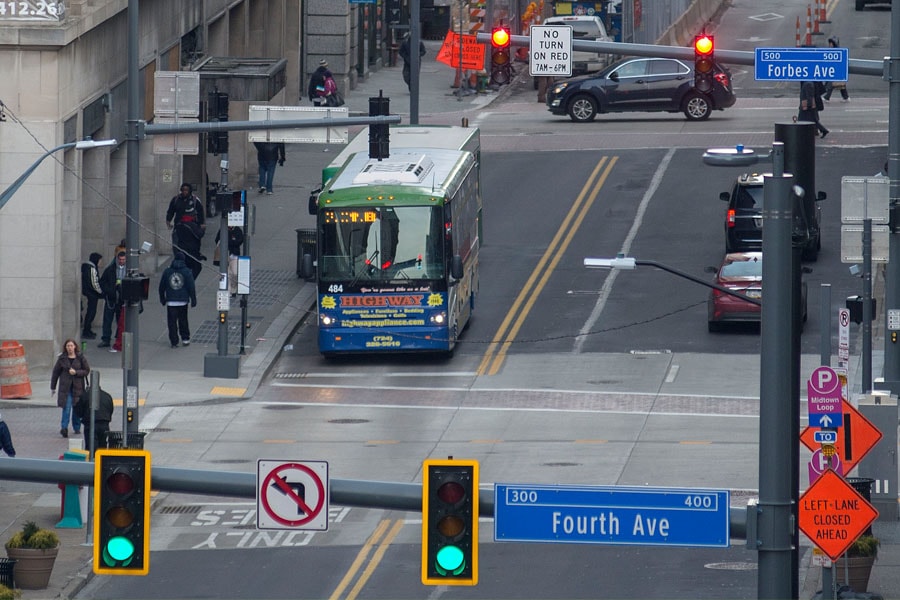
CMU's Qian Drives Big Data To Improve Transportation Systems
Sean Qian is working with big data and transportation system modeling to develop a mathematical framework to improve how transportation systems are designed, planned and operated. For his work, the National Science Foundation (NSF) has awarded the assistant professor of civil and environmental engineering (CEE) the Faculty Early Career Development Program (CAREER) Award, complete with $500,000 in funding for the next five years.
The NSF gives the CAREER Award to early-career faculty members who are expanding their field, demonstrating an ability to conduct groundbreaking research and educate the next generation of innovators.
Qian's work uses massive amounts of data from various sources to better understand and predict the function of multi-modal transportation systems — combinations of transportation systems, such as highways, urban streets, public transit, parking, bikes and connected automated vehicles.
While the data Qian uses is available it is siloed, meaning it's split between multiple transportation agencies. Qian's project will bring together disparate data sets, fusing the information to create a clearer picture of how each system functions and affects the next. This will better reflect how individuals move through and between systems toward their destinations.
The information gleaned from Qian's work will help transportation agencies manage their respective systems. To enable this, he'll look at changes in vehicular and passenger flow from one day to the next. His project will examine factors that distinguish each day to predict how individuals will move through the system.
He also will examine how likely the vehicle/passenger flow exceeds a threshold at any location in the transportation network, rather than an average. This can be learned from massive data collected over many years and would allow more informative and reliable decision-making on infrastructure design and operation.
Sean Qian discusses using real-time data to predict future traffic volumes and reduce congestion and emissions.
"If we know that there will be higher demand, we can allocate more resources and workers to manage this," Qian said. "If there's an incident, we can do the same, or possibly redesign the road to reduce the possibility or effect of future incidents."
For Qian, an incident isn't just a traffic accident or a natural disaster; an incident can be any major event that disrupts traffic, be it a sporting event, road closure or an unplanned work zone.
"The idea is that we can develop a kind of decision-making tool for travelers and provide agencies with easy, more effective ways to manage traffic and reduce congestion and emissions. It's a win-win for both sides," Qian said.
Engineering students will be among those who will use his framework. Qian said he believes now is the time to prepare them for the challenges ahead. With the lessons learned through this project, he will develop graduate and undergraduate infrastructure management courses that place greater emphasis on data analysis.
"It's very important to teach the next generation of engineers how to design a bridge, a mobility service, and infrastructure, and also how to manage, monitor, and operate them by leveraging existing data and resources," Qian said.
Some of the sources for Qian's data include the Pennsylvania Department of Transportation, the City of Pittsburgh, the Port Authority of Allegheny County, the Pittsburgh Parking Authority, and the Pennsylvanian municipalities of McKees Rocks and Cranberry.

